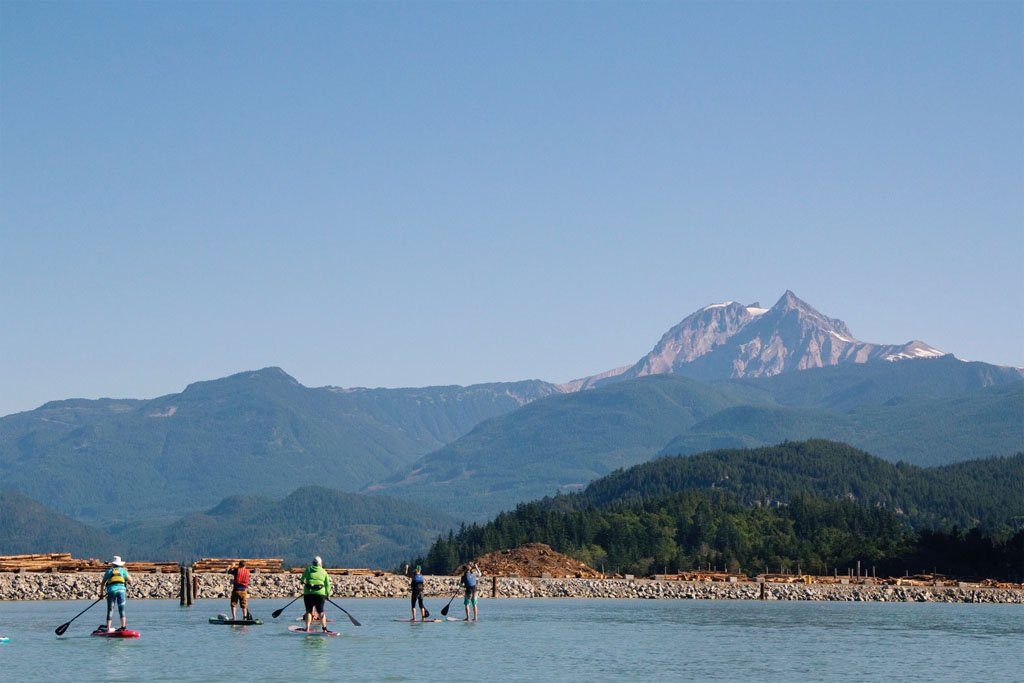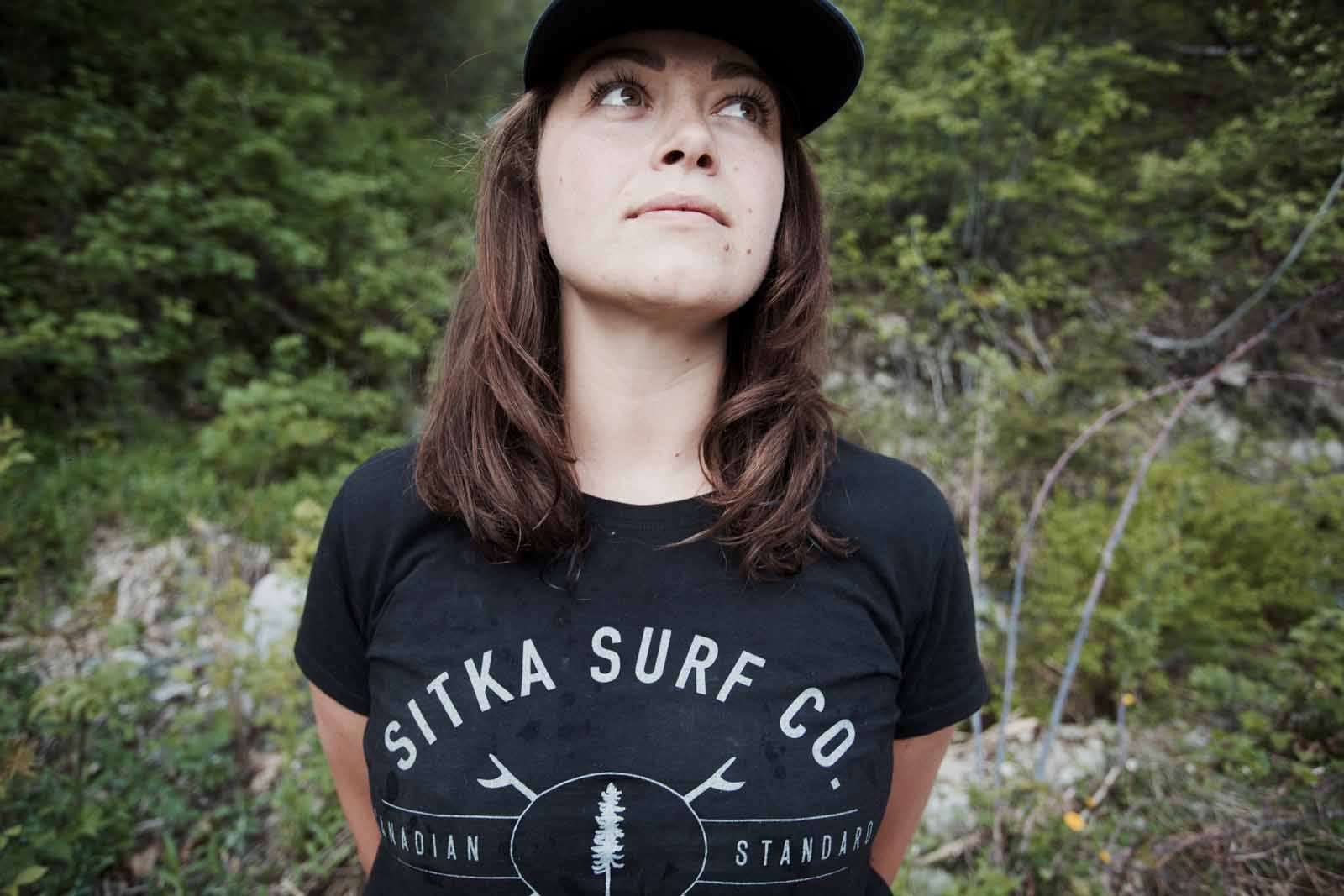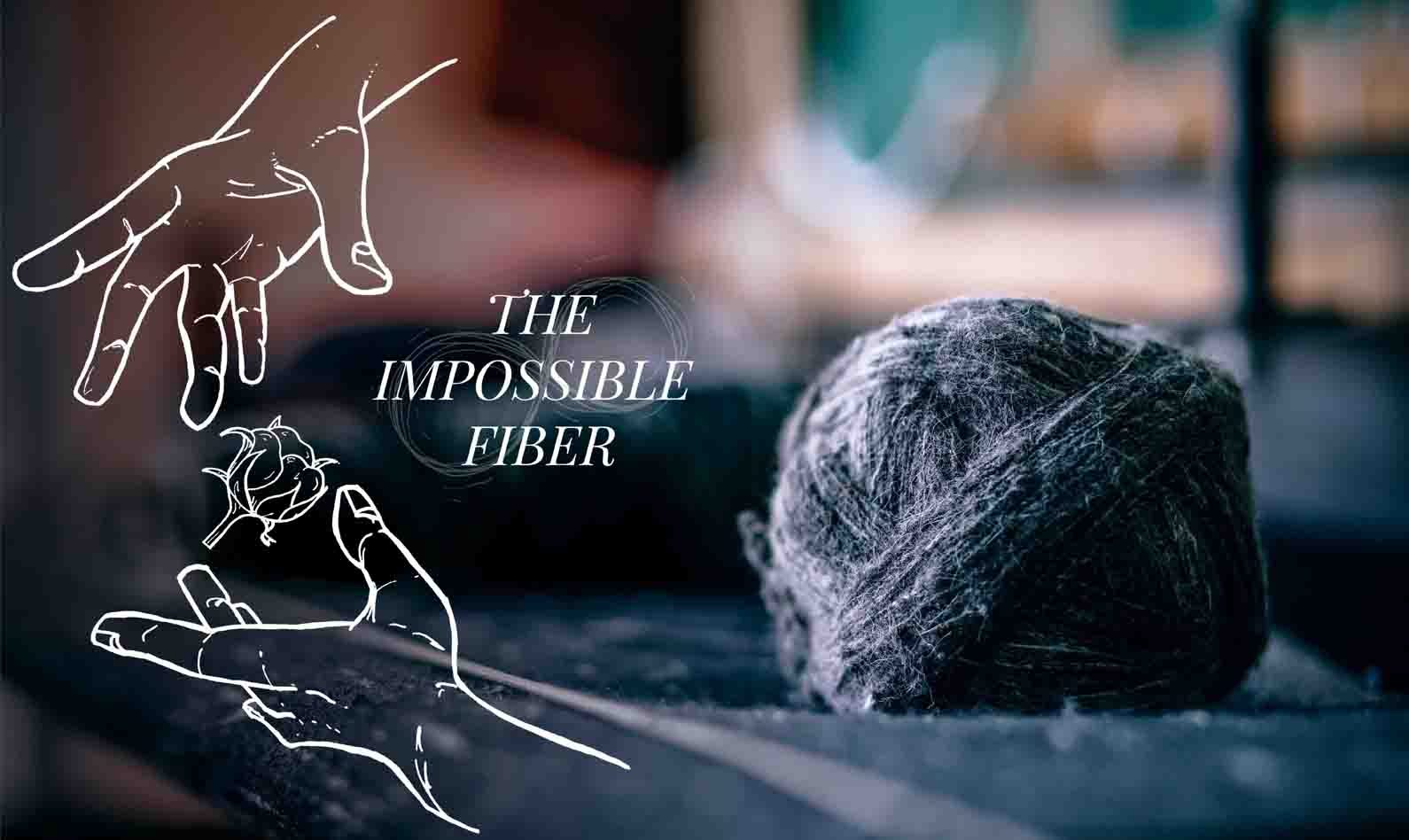Written by Nikkey Dawn
When industrialization of Howe Sound began in the 1900s, the waters became polluted and the wildlife started to disappear- until populations of fish and marine mammals fully vanished for decades. Residents say you couldn’t even see algae growing on the rocks, it was that barren. As industry died and clean up processes improved, the marine ecosystem of Howe Sound was given a chance at recovery. Multiple organizations and volunteers put countless hours and dollars into helping the fjord rebound. Their efforts were rewarded in recent years when the herring returned followed by larger marine mammals like orcas, dolphins and humpback whales.

Photo by Nikkey Dawn
Unfortunately, this story has an epilogue. Industrialization now re-threatens Howe Sound through two major projects: the Brunco McNab Gravel Pit and the Woodfibre LNG project. Both projects would do untold damage to the current recovery process through construction in sensitive habitat, underwater noise and light pollution, migratory bird disruption, air pollution and water diversion. From herring to salmon and whales, all the rebounding marine life stands to be affected.
If you haven’t had the chance to experience Howe Sound for yourself, let me first tell you what’s so special about it. There’s enough biodiversity to qualify as a UNESCO Biosphere Region (application efforts are currently underway), it is one of the only places in the world where you can find prehistoric glass sponge reefs and there are several small islands rich in useful flora and habitat. The Howe Sounds community can’t look out at the sound without thinking about their first diving or paddling experience, swimming alongside curious seals, beachcombing on driftwood beaches or listening to the Squamish Nation story that shares how the distinct rock off Chà7elkwnech (Gambier Island) came to be.

Photo by Nikkey Dawn
The colour of the water marks the seasons, turquoise in summer during the snowmelt and clear emerald for winter when the sun isn’t causing algae blooms. As Tracey Saxby from My Sea to Sky put it at the Protect Howe Sound Floatilla, “to take the health of Howe Sound away from our community again would be like Vancouver losing Stanley Park.” A part of the community would be missing.

Photo by Nikkey Dawn
So how did we get here? It is Economist Marc Lee’s theory that when Christy Clark ran her last campaign for Premier of British Columbia, she needed a platform - something to get people excited about. So, she focused on both job creation and using the LNG project to bring the province out of debt. As the financial market fell, it resulted in less fruitful profits from the LNG project, however, at this point, she’d already made her promises and taken donations (some of which illegally) from Woodfibre LNG. So, she kept pushing the project forward, no matter what the cost, including the precious wildlife of Howe Sound. The risks from this project don’t stop at Howe Sound, the project would have implications for the whole province- from water contamination in the extraction process (fracking) to emissions. If it does go through, British Columbia would not meet provincial 2050 greenhouse gas targets. The industrial plant alone would increase B.C.’s greenhouse gas emissions by 8% and another 10-15% project-wide.

Photo by Nikkey Dawn
Grand Chief Phillip Stewart spoke at a rally last year about a time when the Woodfibre site was alive with elk, mountain goats, and salmon. To wildlife supporters and environmental stewards, this hat is the future we want, not industrial projects trying to claw their way to fruition no matter how unsuitable. At a local level, the community has been very vocal, they do not support the further industrialization of Howe Sound. A diverse group of folks have come together for rallies, demonstrations, marches, presentations and most recently a flotilla. During the flotilla over 175 people launched from the Stawamus Waterfront to paddle out into the sound of canoes, kayaks, and paddleboards. As the sun rose over the Stawamus Chief they formed a heart shape around a large floating banner with an unmistakable message: Protect Howe Sound.

 Photos by Nikkey Dawn
Photos by Nikkey Dawn
The local community surrounding Howe Sound continues to grow stronger and more determined and as more and more LNG projects get cancelled, hope is buoyed. They’ll be here, standing together for these waters no matter what comes.
If you’d like to stand with us you can sign the Howe Sound declaration here or follow My Sea to Sky for upcoming events.


 Photos by Nikkey Dawn
Photos by Nikkey Dawn
